Project Description
George Richards Minot December 2, 1885 – February 25, 1950 was an American medical researcher who shared the 1934 Nobel Prize with George Hoyt Whipple and William P. Murphy for their pioneering work on pernicious anemia.
George Richards Minot was born in Boston, Massachusetts. He came from a medical family; his father was physician James Jackson Minot 1853–1938. One of his great-grandfathers was James Jackson 1777–1867, co-founder of Massachusetts General Hospital. He was namesake of his great-great-grandfather George Richards Minot 1758–1802. His mother was Elizabeth Whitney. His father’s cousin was anatomist Charles Sedgwick Minot 1852–1914.
He completed his A.B. in 1908 and his M.D. in 1912 from Harvard University. Between 1914 to 1915, George Minot was appointed Assistant in Medicine at the Johns Hopkins University in Baltimore, MD. In 1915, he was appointed Assistant in Medicine at the Harvard Medical School. Minot won the 1934 Nobel Prize in Physiology or Medicine with William P. Murphy and George H. Whipple for their work in the study of anemia. George Minot, working with William Murphy, described an effective treatment for pernicious anemia with liver which is high in vitamin B12.
Minot had diabetes mellitus, which was a uniformly fatal disease during the early part of his life. Dr. William Castle observed that Banting and Best’s 1921 discovery of insulin not only transformed diabetes treatment, but, by keeping Minot alive, was therefore also responsible for the discovery of a cure for pernicious anemia.
Minot died February 25, 1950. He was a Unitarian.
George Minot developed diabetes in 1921. His condition worsened until 1923, when insulin became available. Minot was one of the first patients treated with insulin, and it gave him a new lease on life. In 1947 Minot suffered a severe stroke that left him partially paralyzed and he died three years later.

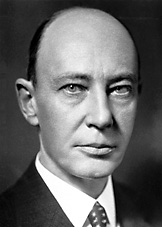
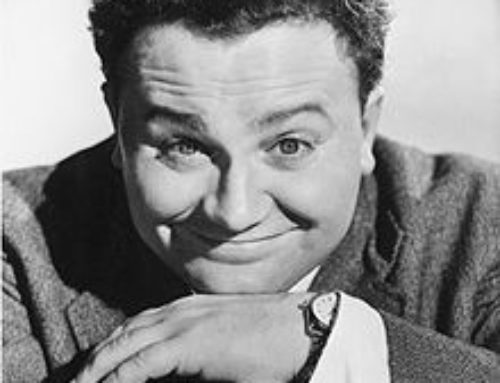
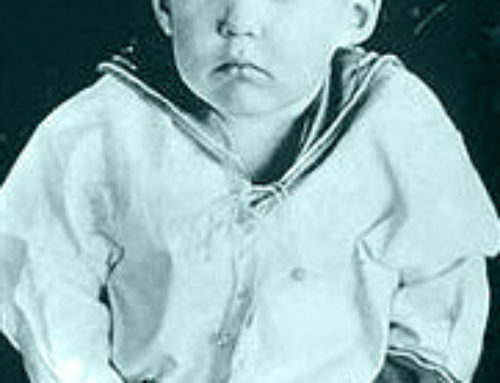
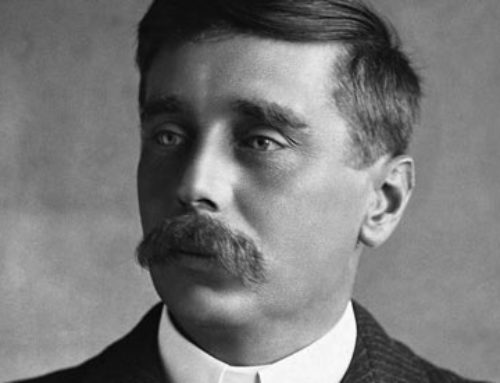
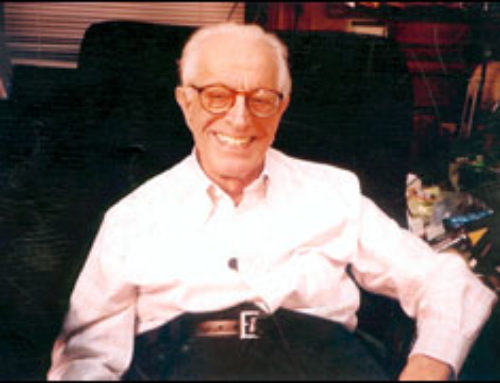
Leave A Comment